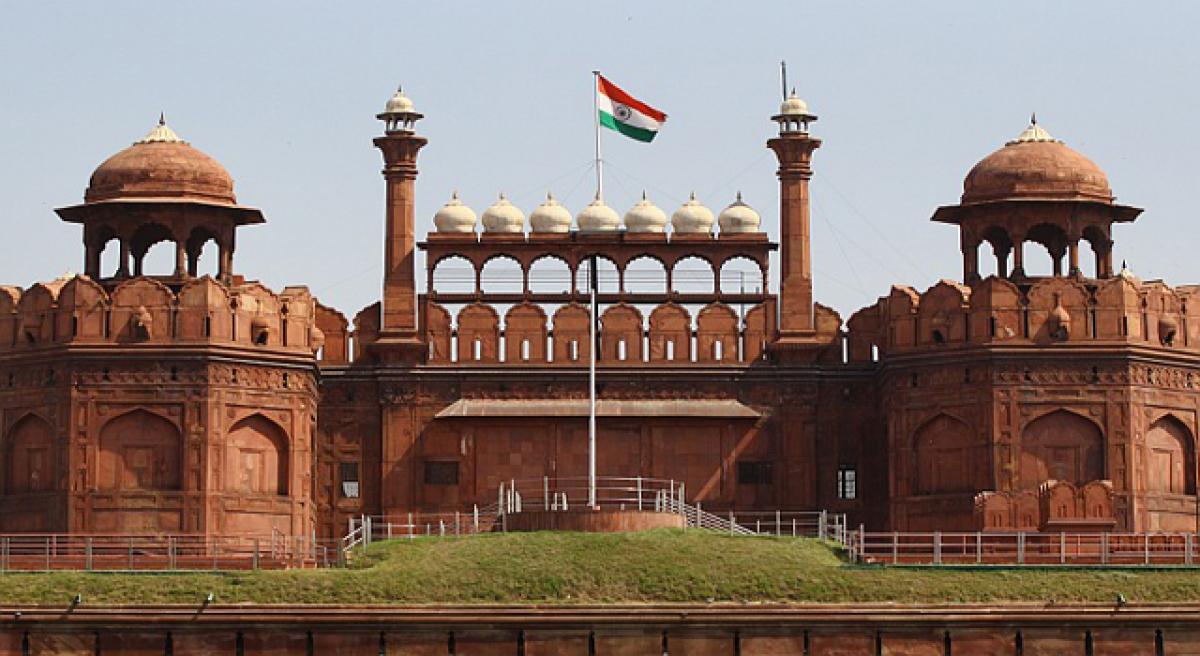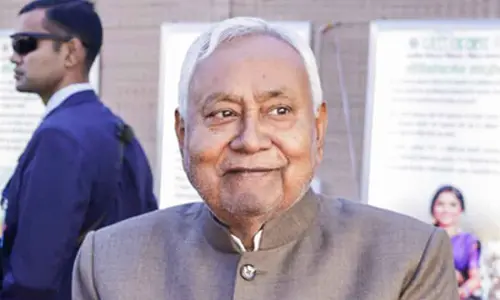Red Fort

In one of the most spectacular contracts ever won by a corporate house in India, the 77-year-old Dalmia Bharat group has created history by adopting a slice of it. The conglomerate has become the first corporate house in India’s history to adopt a historical monument in a contract worth Rs 25 crore spanning five years.
In one of the most spectacular contracts ever won by a corporate house in India, the 77-year-old Dalmia Bharat group has created history by adopting a slice of it. The conglomerate has become the first corporate house in India’s history to adopt a historical monument in a contract worth Rs 25 crore spanning five years.
The monument in question is none other than the 17th century Red Fort, built by India’s fifth Mughal ruler Shah Jahan, as he moved his administrative capital from Agra to present-day Delhi. The Dalmia Bharat group won the contract by beating IndiGo Airlines and the GMR group in the race to bag one of the most prestigious contracts under the Indian government's ‘Adopt A Heritage’ scheme. It was designated a UNESCO World Heritage Site in 2007 as part of the Red Fort Complex.
The Red Fort Complex was built as the palace fort of Shahjahanabad – the new capital of Emperor Shah Jahan. Named for its massive enclosing walls of red sandstone, it is adjacent to an older fort, the Salimgarh, built by Islam Shah Suri in 1546, with which it forms the Red Fort Complex. The private apartments consist of a row of pavilions connected by a continuous water channel, known as the Nahr-i-Behisht (Stream of Paradise).
The Red Fort is considered to represent the zenith of Mughal creativity which, under Shah Jahan, was brought to a new level of refinement. The planning of the palace is based on Islamic prototypes, but each pavilion reveals architectural elements typical of Mughal building, reflecting a fusion of Persian, Timurid and Hindu traditions The Red Fort’s innovative planning and architectural style, including the garden design, strongly influenced later buildings and gardens in Rajasthan, Delhi, Agra and further afield, according to whc.unesco.org.
The planning and design of the Red Fort represents a culmination of architectural development initiated in 1526 AD by the first Mughal Emperor and brought to a splendid refinement by Shah Jahan with a fusion of traditions, including Islamic, Persian, Timurid and Hindu.

















